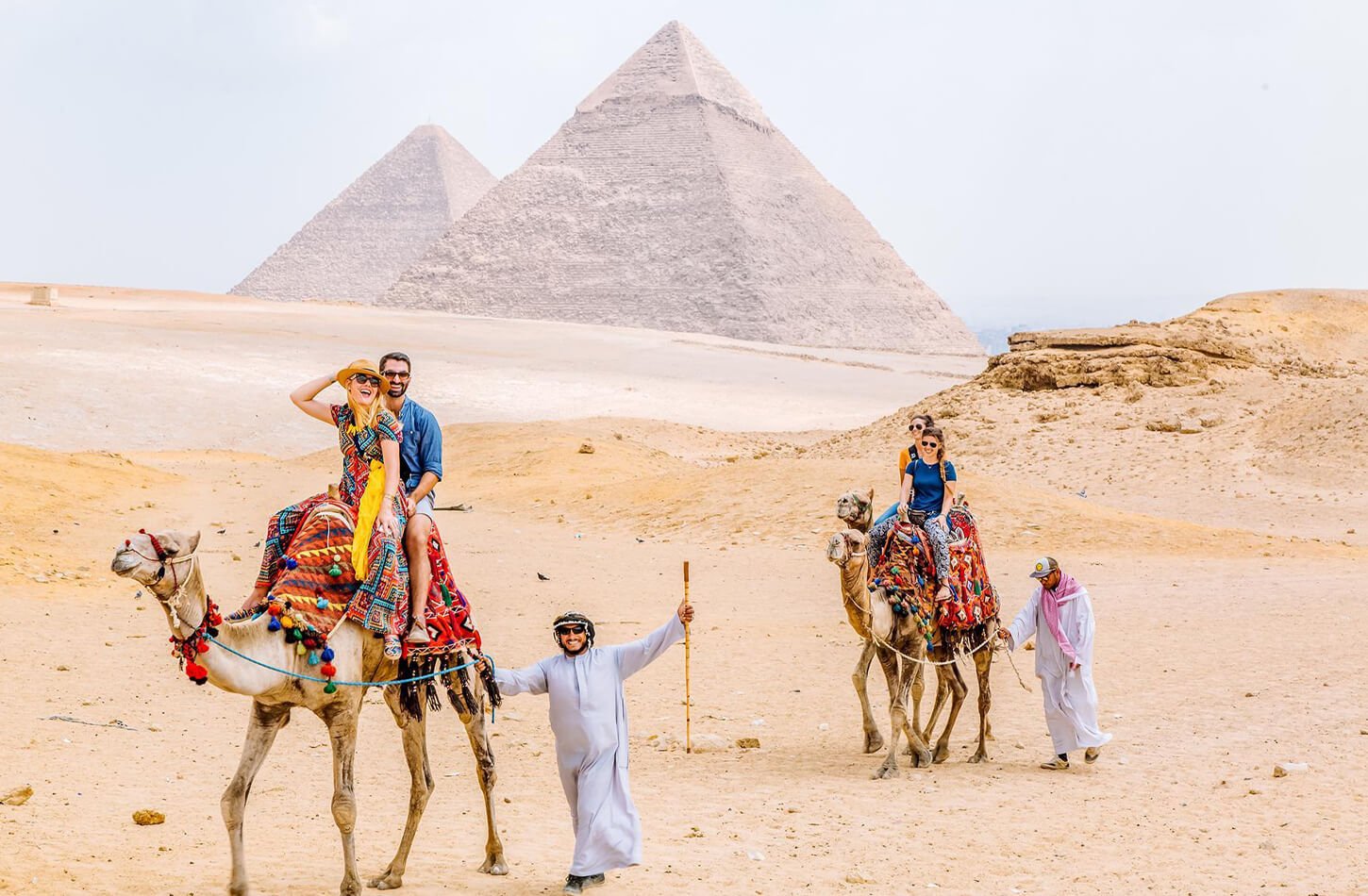
I still remember standing under the scorching sun at Luxor’s temples last summer. I was sweating through every step. But then I discovered the magic of visiting in October.
That’s when Egypt transforms. Cooler breezes replace the furnace-like heat. And the crowds thin out, letting you wander the pyramids at Giza like they’re yours alone. Timing isn’t just about weather—it’s the key to unlocking Egypt’s soul.
Imagine sipping mint tea at Cairo’s markets without the summer crush. Or snorkeling in the Red Sea’s crystal waters with over 1,200 marine species. This guide breaks down the Egypt Tourism Calendar, revealing how to sync your trip with the best time to visit Egypt.
From dodging sandstorms in March to catching the perfect dive in June, I’ll show you when to go, where to go, and how to experience Egypt’s wonders without the chaos. Let’s turn your adventure into a story you’ll cherish.
Exploring Egypt, I was amazed by the Weather in Egypt. Deserts, coasts, and cities each have their own climate. This Egypt Climate Guide shows how temperature extremes affect your trip. Summers (June-September) are very hot, with temperatures often reaching 45°C in Upper Egypt.
Cairo’s summer days are over 35°C. But the Red Sea coast is cooler, thanks to sea breezes. Winters (December-February) are milder, with temperatures between 10°C and 20°C. December mornings at the pyramids are perfect for photos without the glare.
Regions in Egypt vary greatly: Alexandria has a Mediterranean breeze, while Luxor is hot. Spring (March-April) brings a brief bloom before summer. The Sham el-Nasim festival in April celebrates renewal.
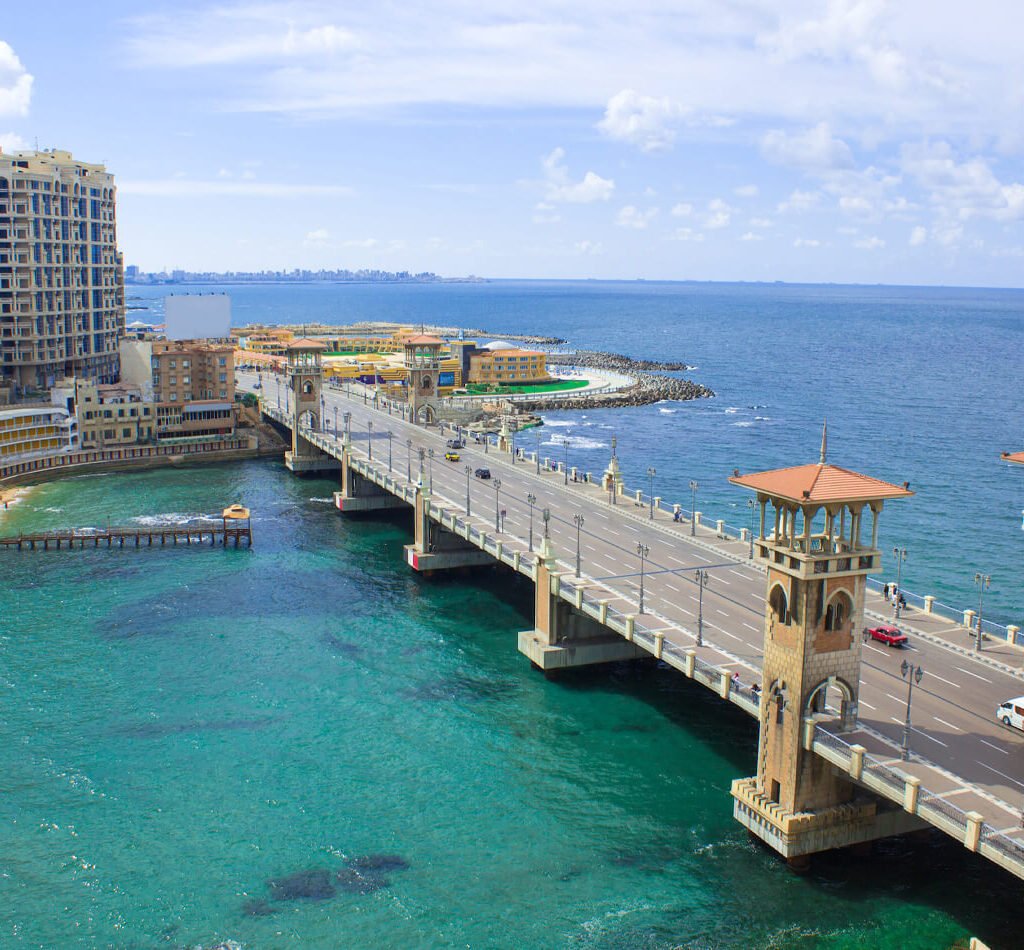
Autumn (September-October) is cooler, great for exploring Luxor’s tombs or Aswan’s Nile cruises. Sandstorms in spring can disrupt plans, so be flexible. Coastal winters might see drizzles, but rain is rare. Always pack layers for chilly desert nights, even in summer.
Plan your sightseeing for early mornings or late afternoons to avoid the heat. The Nile’s breeze offers relief, and summer evenings cool down to 22°C. This Egypt Climate Guide helps you pick the best times—like November’s mild days or March’s golden sunsets—to enjoy Egypt’s beauty without the extremes.
Planning your Egypt Travel Seasons requires knowing when to embrace each region’s rhythms. Let’s break it down:
Winter (December–February) is the Ideal Egypt Vacation Time for most travelers. Luxor’s sun-kissed temples glow under crisp skies, while Aswan’s evenings stay comfortably cool. I’ve trekked through the Valley of the Kings in January and loved the quiet magic of Abu Simbel’s sun alignments—no crowds, just history. But book early: peak season means higher prices and packed tours.
Spring (March–May) offers shoulder season magic. March mornings in Cairo’s Khan el-Khalili market are lively yet cool, with fewer tourists. By April, though, the heat builds—be ready for khamsin winds that blur the pyramids into hazy silhouettes. May’s mild coastal breezes make Marsa Alam a hidden gem before summer’s heat hits.
Summer (June–August) isn’t for everyone. Cairo’s 40°C+ days mean most visitors flock to the Red Sea’s crystal waters instead. I’ve snorkeled in Safaga during July and found resorts half-empty—scores if you snag last-minute deals. Just avoid August’s stifling heat in desert towns like Siwa.
Autumn (September–November) is my favorite. Luxor’s autumnal light paints temples in gold, and the Nile’s calm waters make sailing a breeze. By November, Cairo’s Citadel offers perfect evening views without summer’s swelter. Pack light layers—temperatures swing between hot days and cool nights.
Whichever Egypt Travel Seasons you choose, align your trip with what matters most: culture seekers pick winter, budget travelers thrive in summer, and explorers embrace autumn’s balance. The Ideal Egypt Vacation Time is out there—now it’s time to find yours.
Planning a trip to Cairo or Giza? The Best Time to Visit Egypt for these cities is October to April. During this time, temperatures are below 80°F (27°C). I’ve walked the pyramids in December’s cool air, enjoying the peace and avoiding the heat.
Summer in these cities can be very hot, with temperatures reaching 95°F (35°C). But, visiting museums in the morning can be a refreshing escape from the heat.
In Luxor and Aswan, the best time is from November to February. Summer’s heat can be overwhelming, but the early mornings are enchanting. I’ve seen Luxor’s temples glow at dawn, bathed in golden light.
October is ideal for Nile River cruises in these cities. The calm waters and perfect light make it a photographer’s dream.
Traveling to Alexandria offers a Mediterranean breeze that cools the summer heat. While locals enjoy July and August, spring’s 70°F (21°C) days are perfect for exploring without crowds. The city’s rare winter rain won’t spoil your plans.
The Red Sea’s shores, like Sharm el-Sheikh and El Gouna, are best from June to September. The land may be hot, but the sea’s calm and 80°F (27°C) water make it worth it. I’ve dived in July and seen coral reefs up close.
Every region in Egypt has its own best time to visit. Cairo’s winter, Luxor’s shoulder seasons, and Alexandria’s spring all offer unique experiences. What’s your priority: the desert’s quiet beauty or the Red Sea’s underwater wonders?
Ever wondered how Egypt’s vibrant festivals can transform your trip? The Egypt Tourism Calendar is your roadmap to experiencing these magical moments. I’ve seen travelers marvel at Ramadan’s golden-hour markets in Cairo—where lanterns glow and iftar feasts buzz with warmth. While daylight hours may feel quieter, evenings sizzle with life.
Respect local customs by dining privately during the day, then join the lively Egypt Travel Seasons calendar’s highlights. The West Bank Marathon, held in late January or early February, offers stunning views few tourists see.
Spring’s Sham El-Nessim—celebrated the Monday after Easter—is a sensory feast of pickled fava beans and fishing in Alexandria’s breeze. January’s Coptic Christmas brings candlelit services in Cairo’s churches, while February’s Abu Simbel Sun Festival sends golden light piercing Ramses II’s temple. These events aren’t just dates on the Egypt Tourism Calendar; they’re invitations to step into local life.
Plan smartly: peak festival periods like Eid or November’s film festival mean booking early. But summer’s quieter months let you explore Luxor’s temples without crowds. Use the Egypt Travel Seasons guide to sync your trip with the rhythms of these celebrations. Whether sipping date honey in a Nubian village or dancing at Sham El-Nessim, these moments turn sightseeing into shared stories. Let the calendar guide you toward experiences that make your journey unforgettable.
Planning a trip to Egypt? Timing is key to saving money. In Peak Season Egypt (December to February, and April to June), hotel prices skyrocket. For example, Cairo or Luxor hotels can cost over $100 per night.
But, summer’s Off-Season Egypt brings discounts. In July, Luxor hotels are around $30–$50. And Nile cruises offer 30% off!
Flights also see price drops during shoulder seasons. Fly in May or September for cheaper fares. Cairo to Luxor flights can go from $145 to $70.
Traveling then means fewer crowds at the pyramids. Entrance fees are $14 year-round. But, guided tours are 20% cheaper in summer.
Save money by negotiating taxi fares and trying street food. A 5-day Nile cruise costs $450 in July, down from $800 in January. And, May offers 40% off Sharm el-Sheikh hotel rates.
Winter’s peak means higher costs, but the $25 visa fee in January stays the same. Time your visit right for Abu Simbel’s grandeur at $14 without overspending. My advice? Book tours in April or October for savings up to 30%.
Planning your packing list? Let the Weather in Egypt guide your choices! From my years exploring the Nile to the Sinai, here’s what works best season by season.
Winter (Nov–Mar): Daytime highs around 60–70°F feel perfect, but evenings drop sharply. Pack layers: light sweaters, a warm jacket, and thermal undergarments. Nights in Luxor or Aswan can feel chilly by the Nile—trust me, a scarf and cozy socks make all the difference. Don’t forget waterproof gear if visiting Alexandria during its rare rainy spells.
Summer (May–Sept): Desert heat hits 100°F+ in Cairo, so prioritize breathable linen shirts and loose pants. Invest in a cooling scarf or a portable fan for temple hikes. Protect skin with SPF 50+—sunscreen’s pricey here. For the khamsin winds (March–May), add goggles and a face mask to block sandstorms.
Year-round must-haves: Modesty matters at mosques and villages—pack long sleeves and knee-length skirts. Bring reusable water bottles, insect repellent (summer’s a must), and a money belt. Avoid packing drones or CBD products—they’re banned. Stick to lightweight shoes: flip-flops for markets and sturdy sneakers for pyramids.
Pro tip: Roll clothes to save space and use packing cubes. Egypt’s climate guide changes by region, so mix layers for comfort. Pack smart, and your adventure will stay stress-free!
When planning your Ideal Egypt Vacation Time, timing is key for places like the Pyramids of Giza. Visit in the early morning from October to March. The temperature is around 68°F, ideal for exploring without the heat or crowds.
I’ve seen the Sphinx glow at dawn, creating ancient stories in the sandstone. For Luxor’s temples, the Best Time to Visit Egypt is September to October. The golden light and the Nile’s reflections at sunset are breathtaking.

The Karnak Temple is cooler in winter, making it easier to explore. Abu Simbel’s Sun Festival is a must-see. It happens on February 22nd and October 22nd, when the sunrise beams through its entrance.
For the West Bank’s tombs, summer’s early morning openings are best. They let you avoid the 100°F heat and enjoy the Valley of the Kings’ quiet.
Red Sea diving is best from October to May, with visibility up to 30 meters in Sharm El-Sheikh. Even in summer, the 80°F waters are great for snorkeling. Shoulder seasons (March to May) have fewer crowds.
The Sinai’s St. Catherine’s Monastery is best from November to March. The crisp, clear skies are perfect for hiking trails with views of Mount Sinai.
Nile cruises are best from December to February. The cooler days (68°F) and fewer tourists make it ideal. Aswan’s Philae Temple shines at night in winter, lit by floodlights. And for the adventurous, Luxor’s 22km Marathon in late January combines culture and challenge under clear skies.
Let the seasons guide you—every site has its moment to shine.
Using the Egypt Climate Guide helps you stay safe all year. Summer can get very hot, over 104°F. To avoid dehydration, drink electrolyte drinks like Dioralyte, not just water. Try to avoid the sun at its strongest, like before 10 AM for tours in Luxor.
If you start to feel dizzy or nauseous, it’s a sign to get out of the heat. Head to a cool, air-conditioned place right away.
Spring brings strong winds that can cause sandstorms. These can even cancel your plans. Make sure to wear a scarf over your nose and keep your electronics safe in airtight bags. In winter, it can get chilly, so pack warm clothes for Aswan or the Nile Valley.
Coastal areas can get rainy, so bring waterproof gear, like in Alexandria. Always drink bottled water to avoid getting sick. Even ice cubes should be from sealed bottles.
There are always tourist police around, with armed guards on buses and military checkpoints. Female travelers should use the female-only metro cars in Cairo. Carry hand sanitizer and toilet paper, as some places might not have them.
When shopping at Khan El Khalili, know that prices in malls can’t be haggled. Also, make sure your visa is valid. A $25 visa gets you 30 days. Stay smart, stay hydrated, and enjoy your trip with the Egypt Climate Guide!
Choosing the Ideal Egypt Vacation Time depends on what you want. Egypt changes with each season. Spring and autumn are great for exploring, with fewer crowds.
Winter is perfect for Cairo’s museums. Summer’s heat is best for early risers to see the desert.
Use the Egypt Tourism Calendar to plan around festivals. Families might like shoulder seasons to avoid the heat. Photographers should go early to capture the Pyramids.
A 5-star Nile cruise costs about $1,600 for a week. Summer can be cheaper. Remember to check visa rules and pack for the desert.
Plan by thinking about what you like. Dive in the Red Sea or explore temples early to avoid the heat. Keep an eye on official sites for updates.
Whether it’s the Nile or local tea, Egypt’s stories are waiting. Your adventure starts with choosing when.
Read more related articles:

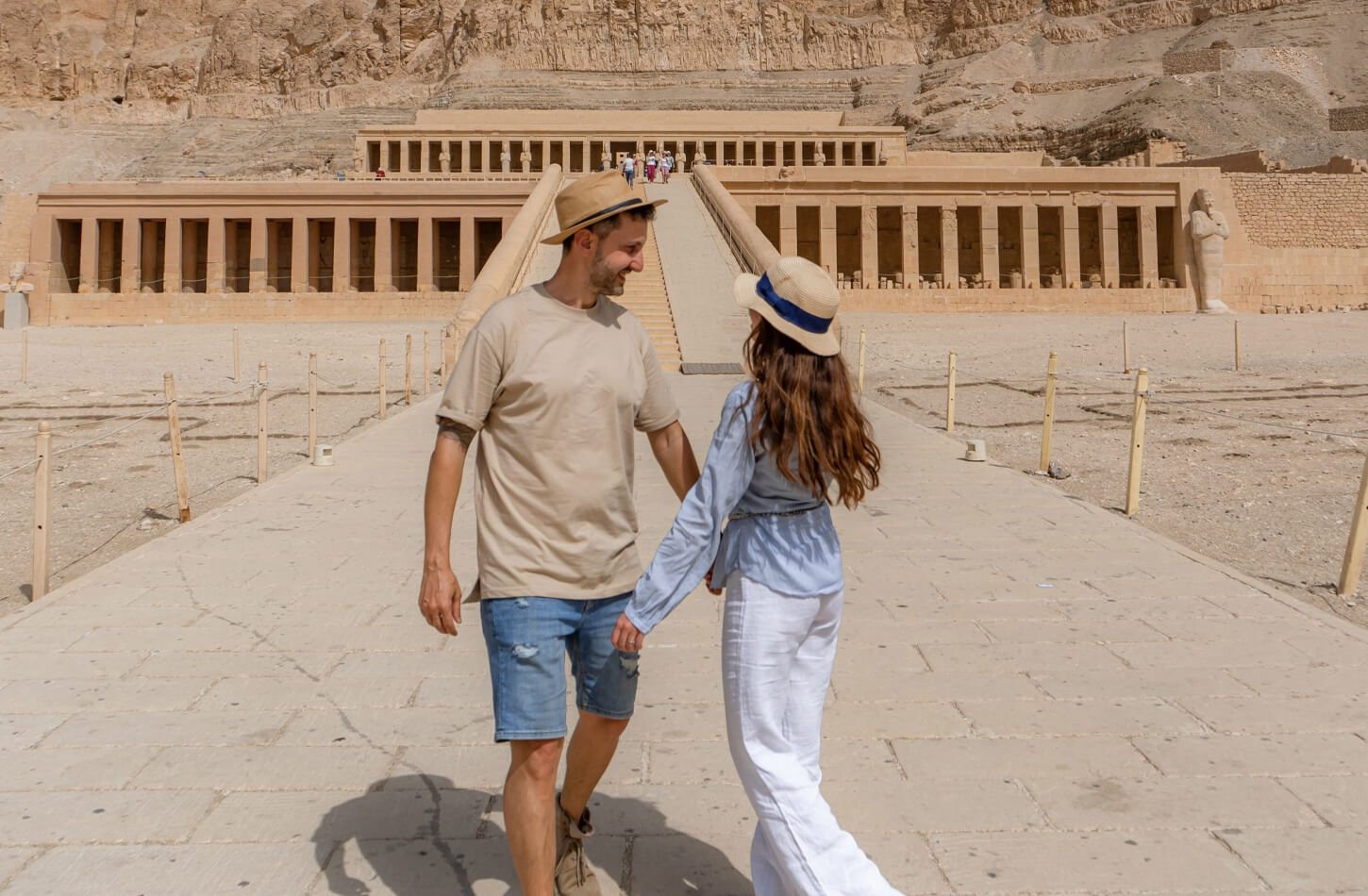
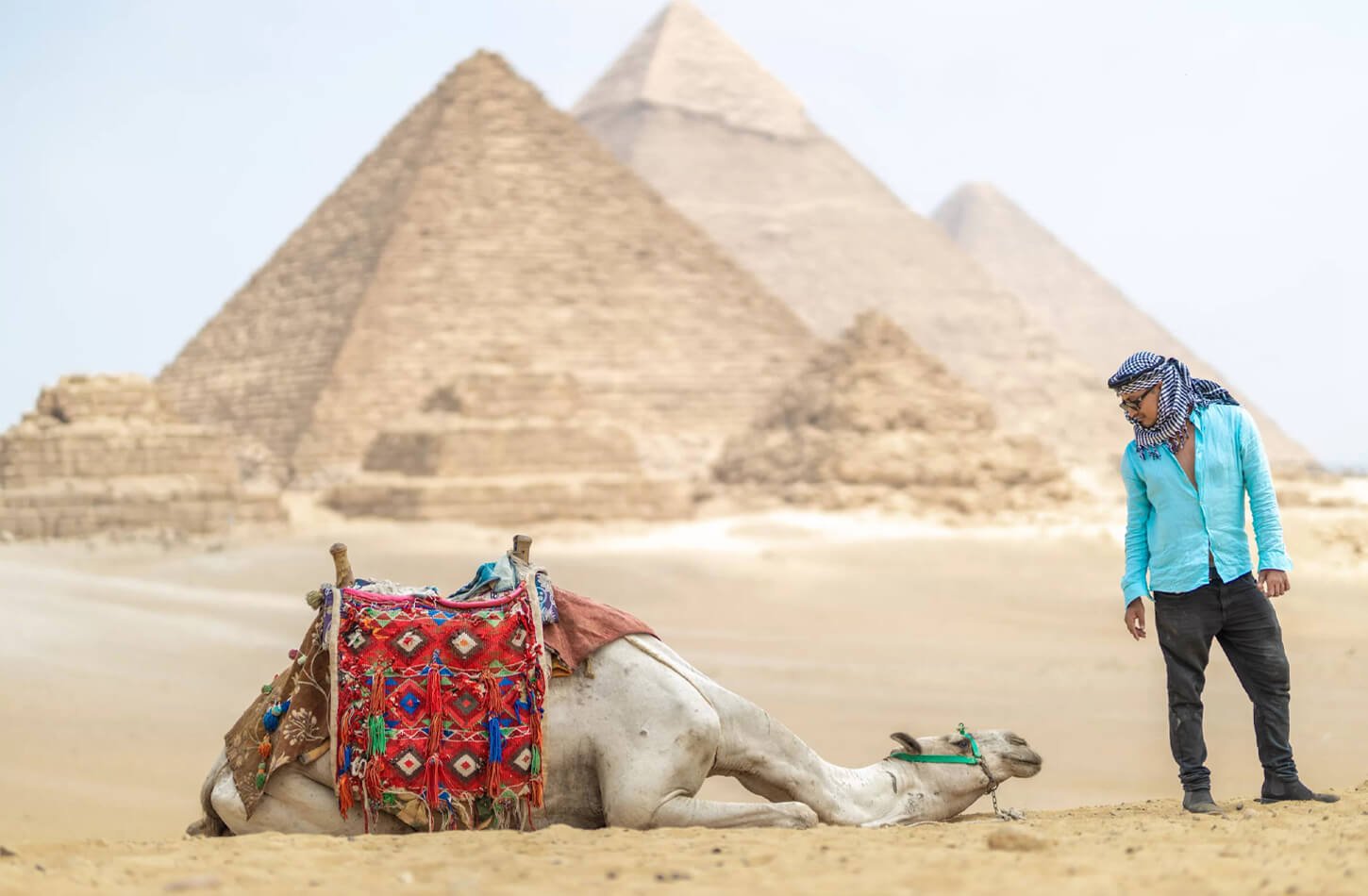
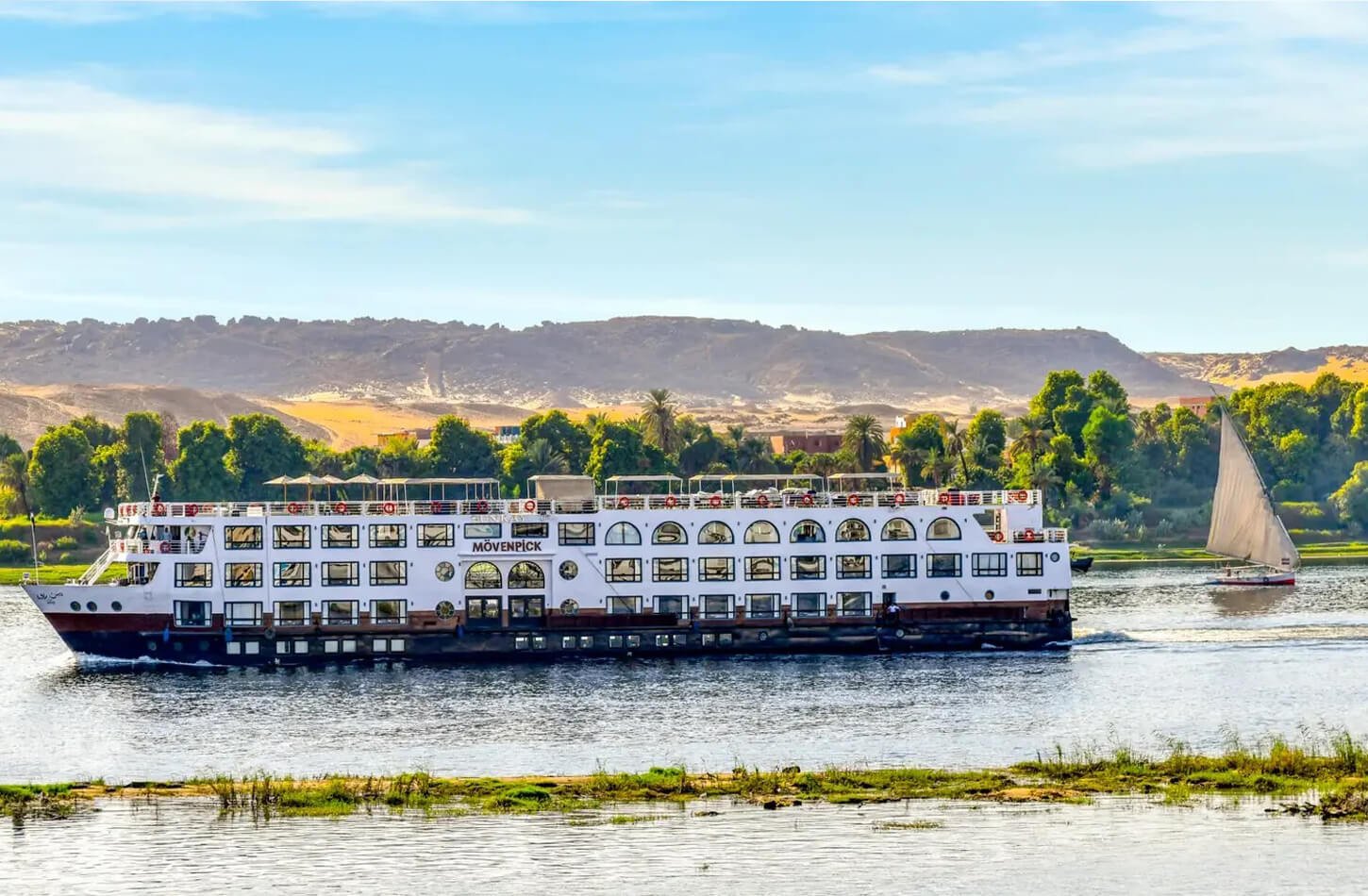
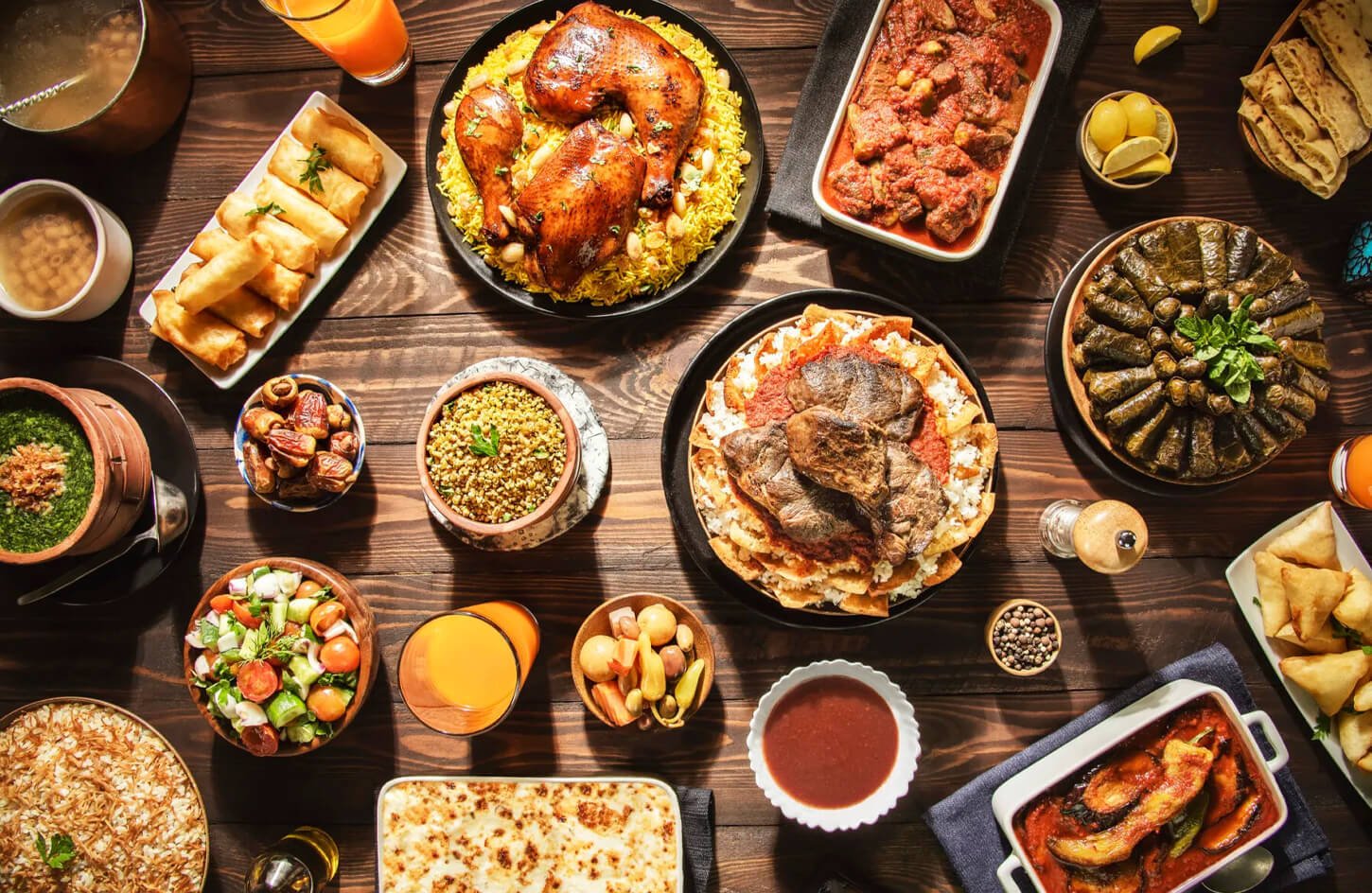

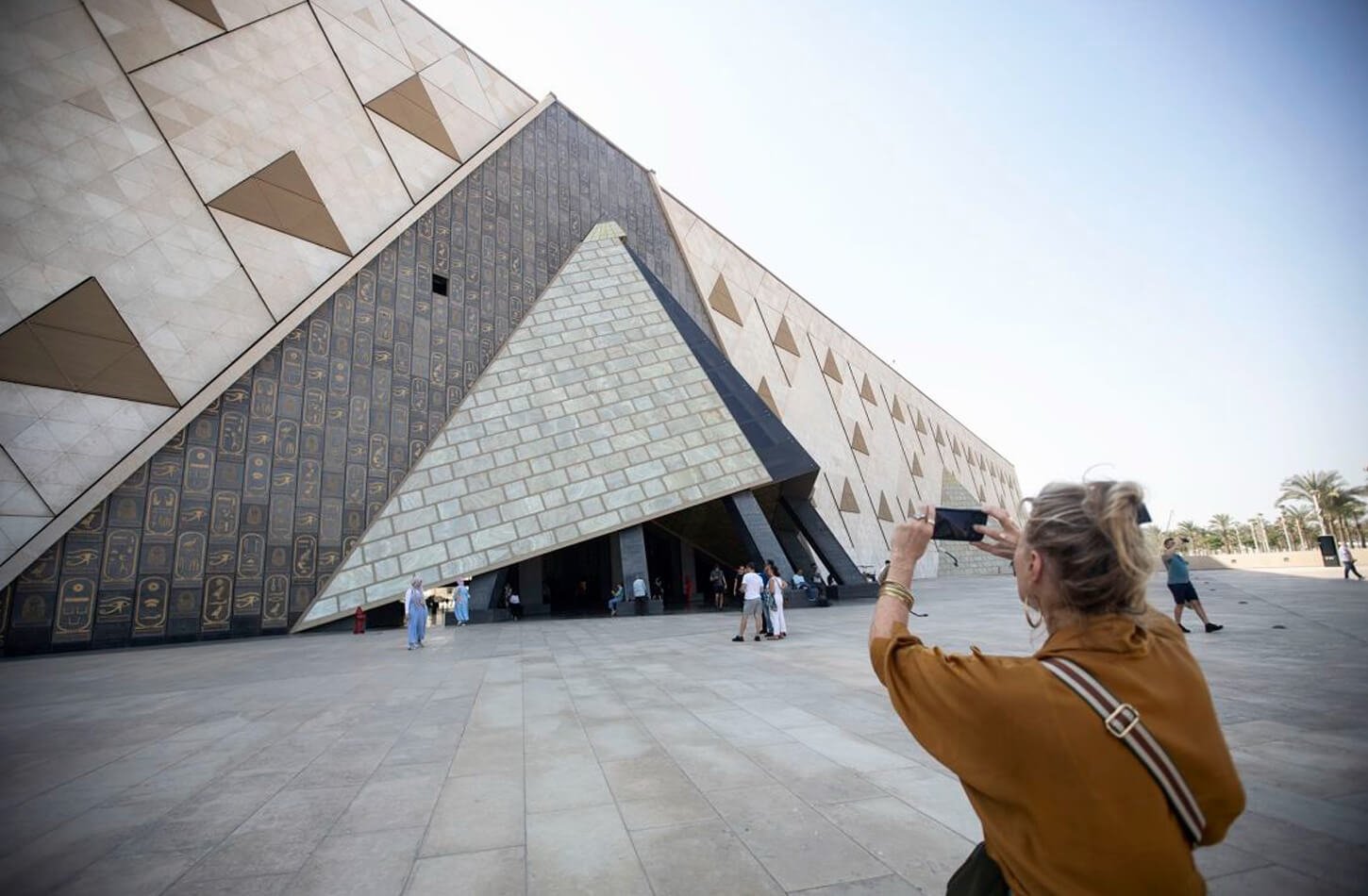
Don't just get there, get there in style.
Information
Follow Us
Payment channels
